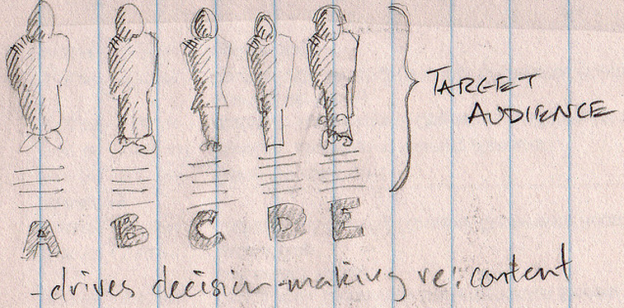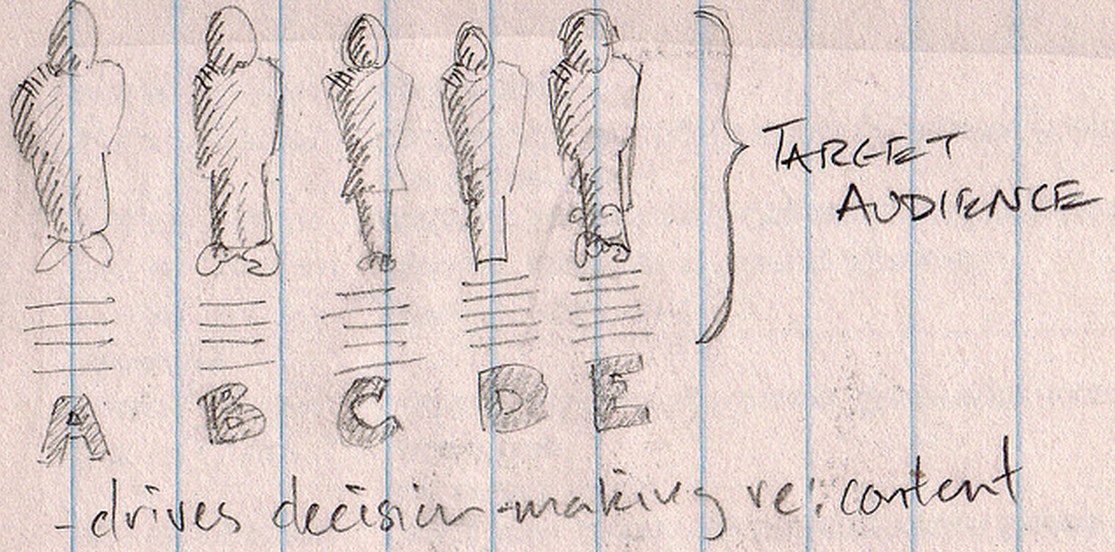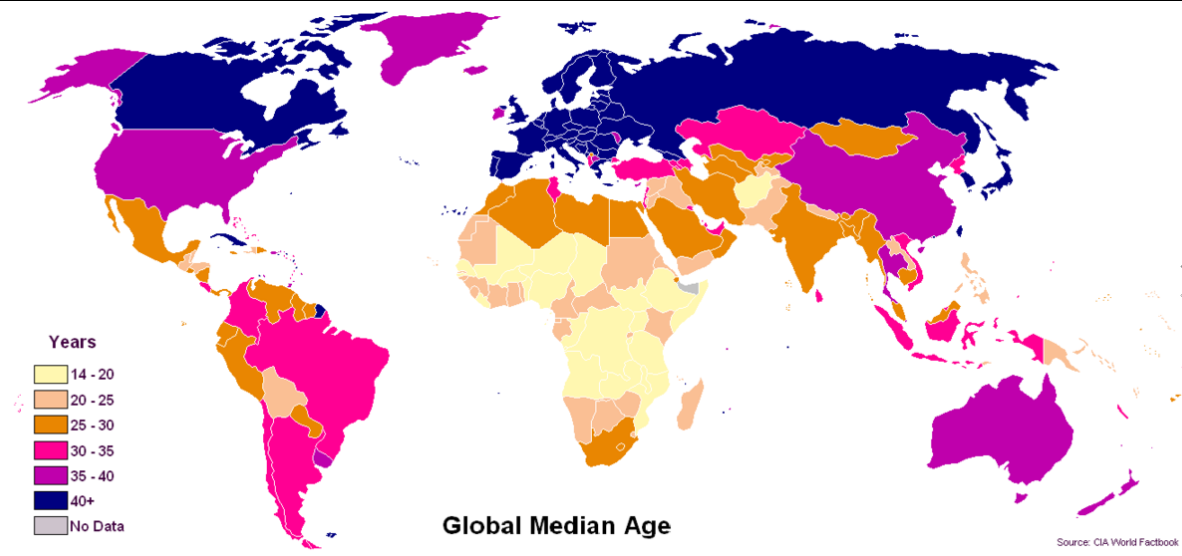If you don’t know who you’re writing for your product descriptions will end up full of generic clichés, and seem wishy-washy and meandering.
Write Product Descriptions: Target Audience and Persona
Before you write any web content you need to know who you are writing for. Whether you call them Target Audience, Customer or Sales Opportunity Leads – you should know a little bit about them. An established website will have basic demographic information available through a portal like Google Analytics, and it’s this basic information that becomes your primary target audience input.
Demographics are a complex targeting tool dealing in generalities about the nation.
When you’re writing Product Descriptions you have to layer Persona on top of them to make them more specific and meaningful.
Let’s look at the basic demographics that should form the foundation of identifying your Target Audience, and then look at how to define your Audience Persona.
Define your Target Audience: Primary Demographics
Before you start to write your Product Descriptions, at a minimum you should have a broad understanding of the following three foundational demographics for your Target Audience:
Gender:
- This is an obvious one. Are you writing for Men or Women, or even both?
Age Range or Generation:
- Depending on the product type your age range be narrow or broad (e.g. 12-17, 21-50, 50+)
- Generational groups are often, but there just another way of defining a loose age group. The following definitions are from Wikipedia:
- The Baby Boomers are the generation that was born following World War II, generally from 1943 up to the early 1960s, a time that was marked by an increase in birth rates. The term “baby boomer” is sometimes used in a cultural context. Therefore, it is impossible to achieve broad consensus on a defined start and end date
- Generation X, commonly abbreviated to Gen X, is the generation born after the Western Post–World War II baby boom. Demographers, historians and commentators use birth dates ranging from the early 1960s to the early 1980s
- “Millennials“, also known as the Millennial Generation, or “Generation Y”, is the demographic cohort following Generation X. Commentators use birth dates ranging from the early 1980s to the early 2000s.
- Generation Z is one name used for the cohort of people born after the Millennial Generation. There is no agreement on the exact dates of the generation with some sources starting it at the mid or late 1990s or from the mid-2000s to the present day. This is the generation that is currently being born.
Location:
- This could be at the City, Area, Country or Continent level (e.g. New York, Coastal Resort, England, North America)
Gender, Age and Location get you pointed in the right direction, but knowing that your target audience is a 50+ Female from North America still isn’t specific enough to write an effective Product Description. So the next step is to layer on a Persona.
Define your Target Audience: Secondary Demographics
A secondary level of Demographics can help to define your Audience to a narrower sub-group. For example, if you layer on Ethnicity, Household Composition, Employment Status and Education, our Audience group becomes narrower:
- 50+ Female from North America, Latino with an Employed Single Mother with a Master’s Degree,
But how useful is this? At this point it’s still dealing in generalities.
Read my next Target Audience Article about Defining your Audience Persona
© Target Audience Sketch from NF Meeting Sketches Flickr Stream (Creative Commons)
© Map of Global Median Age across the Globe (Creative Commons)


